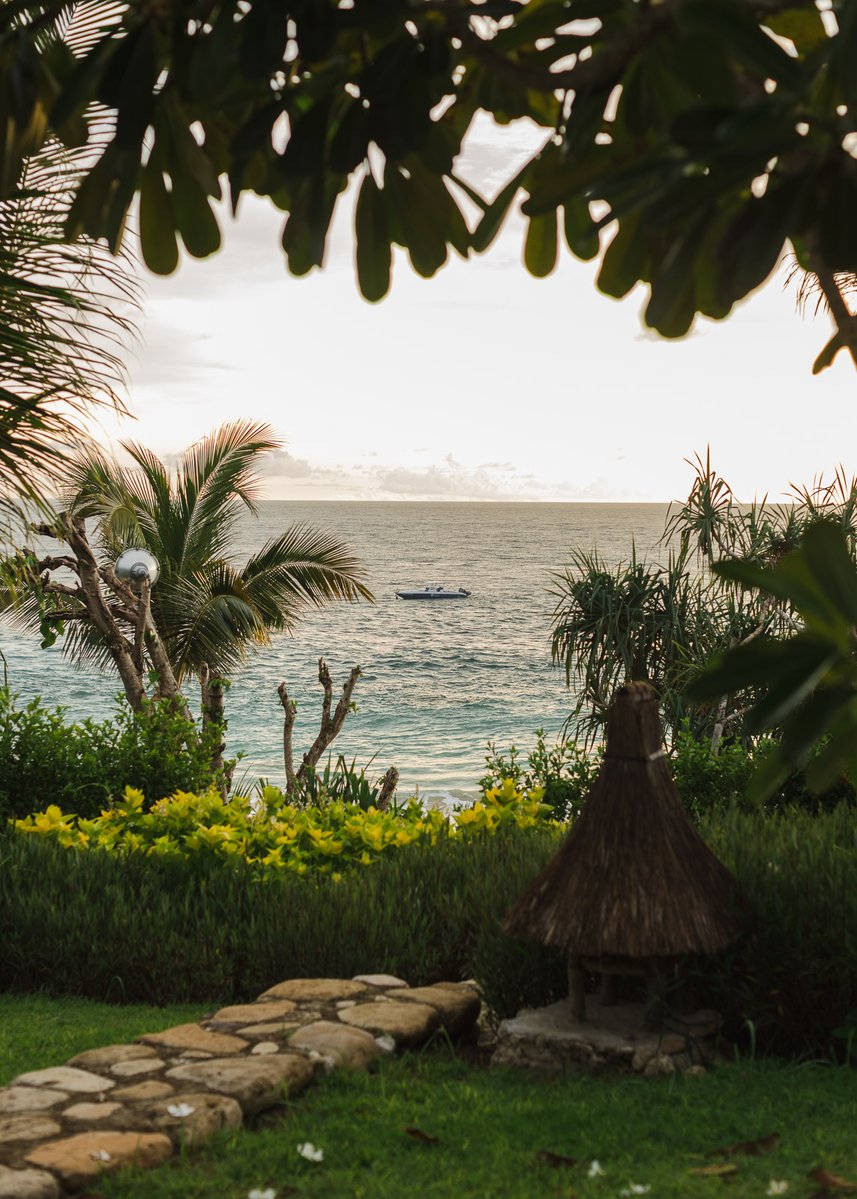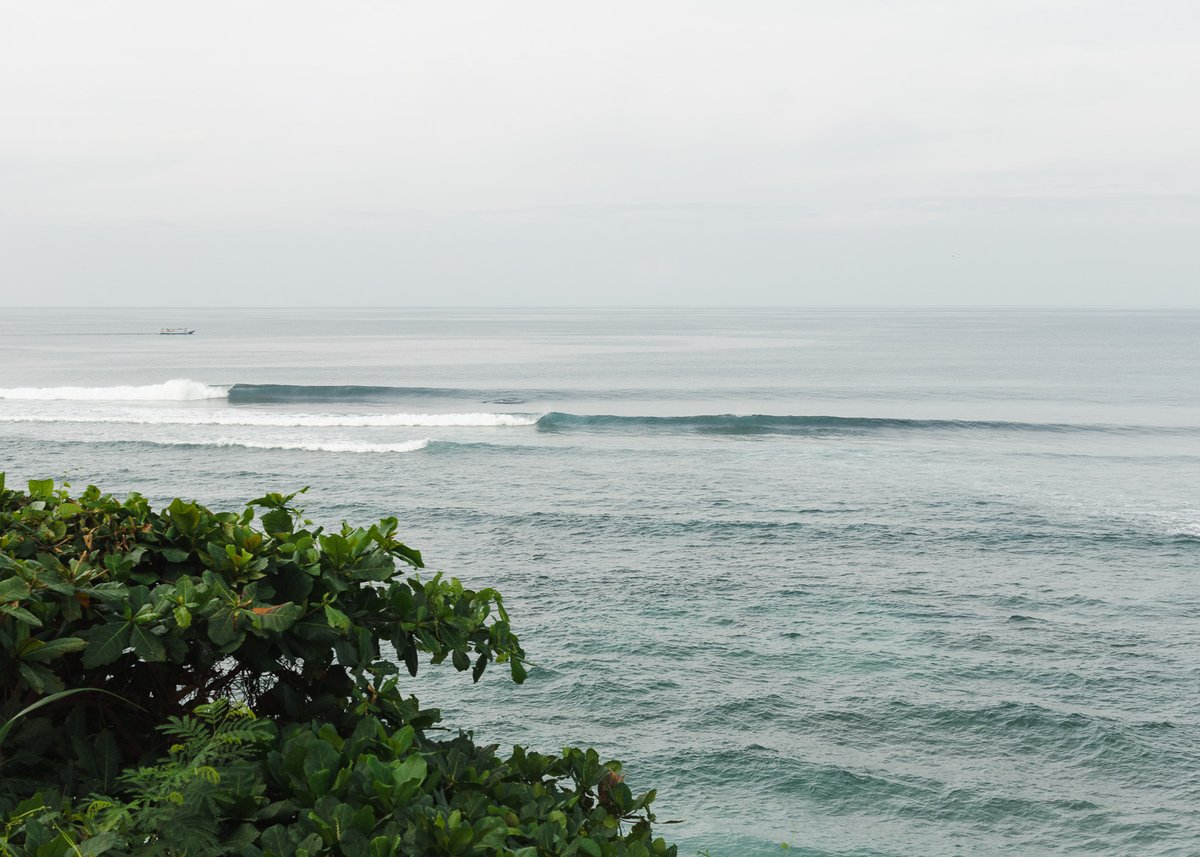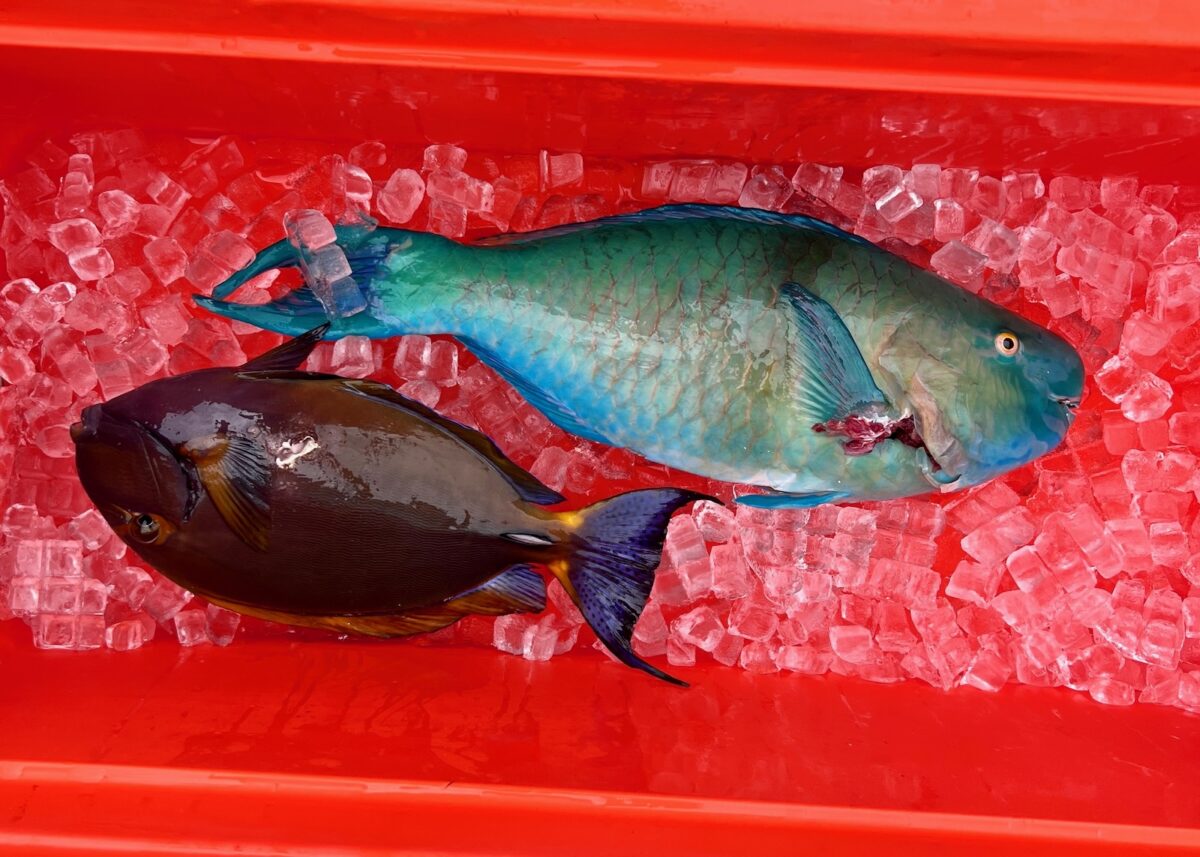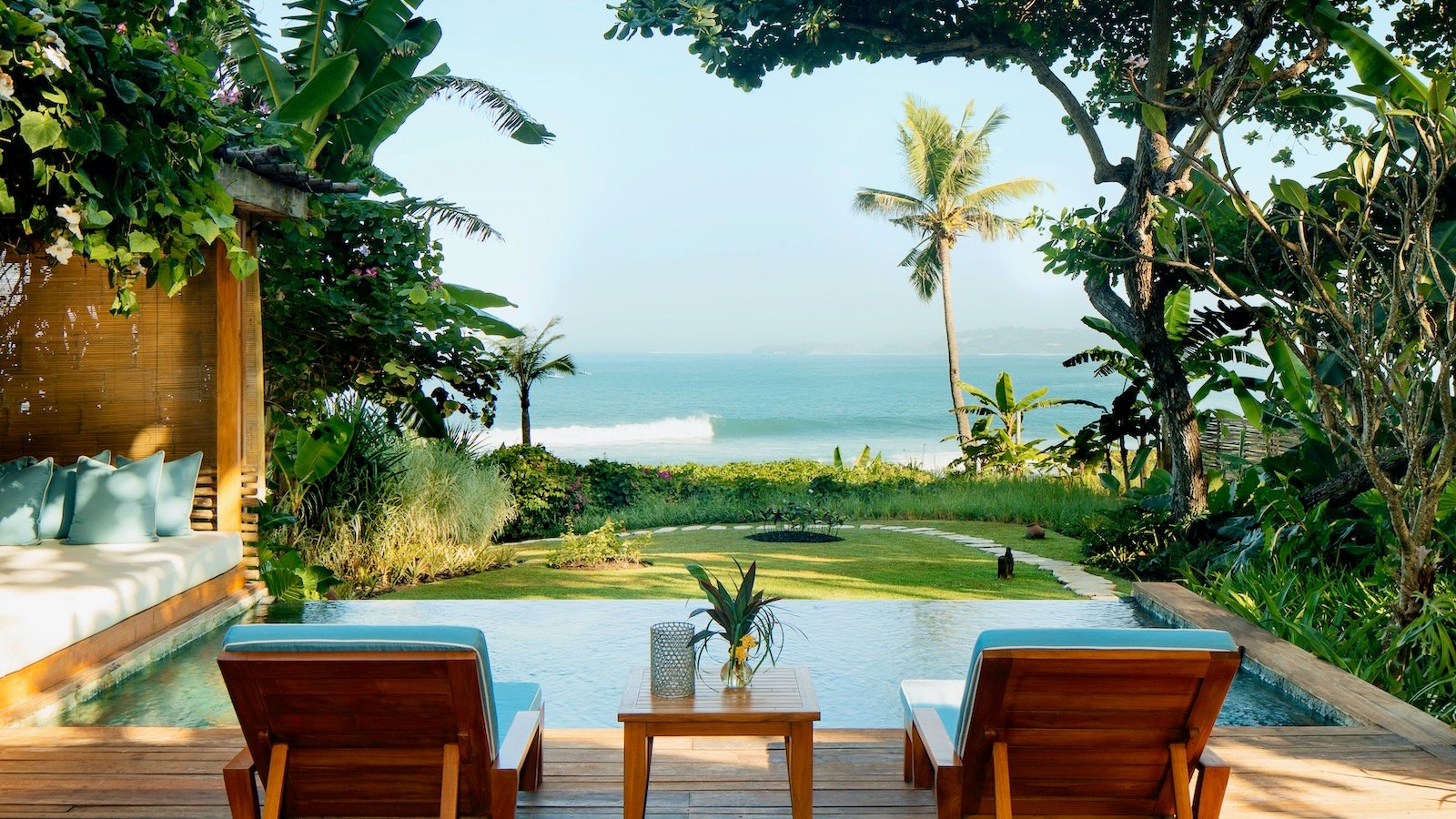In this NIHI Sumba review, we’ll take a close look at one of the world’s top luxury hotels. Is it worthy of that reputation? Read on for our thoughts on this Indonesian hotel.
Twice hailed as the best hotel in the world by Travel + Leisure magazine (2016 & 2017), NIHI Sumba (on Sumba Island) built its reputation on excellence and has maintained it, still raking in accolades from Travel + Leisure and Trip Advisor on lists of the world’s best. Of course, with awards comes hype, and lofty expectations, so we were delighted to travel to the remote Indonesian island of Sumba to experience the property for ourselves.
The hotel was conceptualised by Claude and Petra Graves, who were captivated by Nihiwatu Beach and the island’s tropical landscape while on a surf trip in 1988 and was acquired by Christopher Burch and James McBride in 2012. The acquisition enabled substantial investment with the single priority to evolve NIHI Sumba into one of the best resorts in the world while operating in harmony with the Sumbanese people.

Today, NIHI Sumba offers travellers a unique mix of action and relaxation, championed by the (now private) wave that, arguably, started it all: Occy’s Left. A haven for families, couples and singles, NIHI Sumba manages to cater to aquatic adventurers, spa seekers and equine enthusiasts alike.
The hotel’s tagline – “on the edge of wildness” – is true in a literal sense. It’s the feeling you get when you watch horses gallop along the sand towards the sunset, or as you stand in the shower and listen to waves crash on the shoreline below. The question I found myself asking throughout my stay, however, was… is NIHI Sumba’s brand of raw and unconventional luxury for everyone? Dive into our full NIHI Sumba review below to find out, and read on for an exclusive Boss Hunting tariff match for bookings made between March 1, 2023, to 10 March 2023.
NIHI Sumba Review – Table Of Contents

Location
NIHI Sumba is located on the Indonesian island of Sumba, about an hour’s flight east of Bali, from Ngurah Rai’s domestic terminal. There are a number of regional carriers who service the route, although, for those uncomfortable flying in a 10-year-old twin-engine turboprop on a budget airline, this here is where your NIHI Sumba dream ends. Fortunately, when it does come time to check in, NIHI’s friendly team are there to meet you at Ngurah Rai, and do all the heavy lifting, taking care of your luggage while you wait.
Once on the ground in Sumba, a fresh set of NIHI Sumba faces collect your luggage and guide you through the onslaught of eager cab drivers to the car park where your chariot awaits – a custom safari truck. It’s a long drive to the southern coast of the island, as you pass through a handful of spartan Sumbanese communities in what was once a Hilux ute with no air conditioning, bus seats and a tent top; throw in a tropical downpour and a serious bout of Bali belly and suddenly luxury feels far away. At the end of our stay, we were transported back to the airport in a premium van, which certainly would’ve been my preference on arrival.

Design & Features
Through both the design of the resort, and its owner’s philanthropic endeavours, NIHI Sumba appears to integrate seamlessly with its surrounding habitat. Traditional thatched Sumbanese structures with tall peaked roofs line roads on the drive-in and inspire the design of the resort’s 27 villas and additional buildings, which are tucked neatly into the steep hillside. Within the many buildings on the property are an array of facilities for guests to enjoy, from your typical hotel gym to a chocolate factory. Walls are sparse at NIHI Sumba, with the majority of common spaces left open to the elements, including Ombak Restaurant, which means avoiding the heat, even when the sun retreats, can be challenging.

There is a myriad of accommodation options with one, two, three or four-bedroom villas available, as well as Christopher Burch’s 6-bedroom ‘Raja Mandaka Estate’, which will set you back US$20,675 per night in high season. NIHI Sumba’s beachfront features a striking infinity pool, Nio Beach Club, a gift shop, plus surf facilities and Boathouse Bar.
It’s a huge property, mostly accessed on foot, with lots of steps and unavoidable inclines, which doesn’t bode well for sweaty operators like myself, families with young children, or those who are not super mobile. Prams and wheelchairs are not an option. While NIHI Sumba is, without a doubt, family-friendly, I would say it’s more suited to children aged 10+ who can partake in the plethora of activities the resort has on offer.

NIHI Sumba is a veritable smorgasbord for action lovers with all forms of fishing, foiling, riding, snorkelling, SUPing, surfing and trekking on the menu. Unfortunately, the wave gods only shared the stoke on one day of our trip but it was a once-in-a-lifetime session, practically solo, surfing one of the best lefts on the planet. Due to the tide, I chose a mini mal from the resort’s impressive quiver that caters to all skill levels. The previous day we booked a private fishing trip (US$750++ for 4 hours) and ventured 17 miles offshore to the FAD (Fish Attracting Device), which attracted no fish, forcing us to return for a spearfish. Needless to say, we caught nothing, but our guides did manage to spear us some dinner.

Outside of the surfing, the real highlight was the Spa Safari, located on a secondary site with individual treatment rooms wrapping a point, all with private views of the ocean. We indulged in a two-hour treatment while a babysitter entertained our 11-month-old. Before our pampering session, breakfast was served in a magical hut floating on the cliff’s edge above a deserted beach.

Perhaps NIHI Sumba’s most famous (or infamous) feature, however, is its herd of horses that are brought onto the beach daily at 11.30 am for a swim (they can also be booked for a sunset horse ride). It’s safe to say it causes absolute Instagram mayhem – drones are launched, gimbals unpacked, and bikinis swiftly changed as guests jostle for prime position before posing for the all-important shot, atop a horse, half submerged in the sea. On day one it’s amusing, by day five it’s tragic.

Rooms
We stayed in one of the resort’s mid-tier private villas, Kasambi, which can be booked as a two-bedroom villa, from US$2,245 (~AU$3,348), or as a single room (one-bedroom villa A or B) starting at US$895 (~AU$1,339). Between the two bedrooms is a palatial sitting and dining room which we had dinner in one evening and retreated for a film on another afternoon.

The individual rooms at Kasambi are also grand in scale, with king-size beds, a desk and lounge area, in addition to a separate wardrobe and dressing area. However, what makes the rooms unique is their bathrooms – Jack had an outdoor oasis located at the rear of his room, while my bathroom was indoors but on the side of the villa that boasted exceptional views along Nihiwatu Beach, with an outdoor shower located about 10 steps away.

Lashings of rattan, patterned soft furnishings and natural stone give the rooms a sense of calm with a beachy aesthetic. I don’t think you would call the rooms luxurious though, they’re a bit too rustic – too true to their surroundings, but they are undoubtedly relaxing and very well-appointed. Guests are welcome to any items in the minibar, including alcohol, and can enjoy additional spirits and mixers which are frequently replenished throughout the stay. A small assortment of chocolates (which are made on-site), fruit and snacks are also available. Filtered water is provided in refillable glass bottles, and brought in abundance to the room daily.

We used the large walk-in wardrobe/lobby area of our room to house the baby’s cot, which worked really well as we rarely used the front door, instead coming and going from the ocean-facing side of the villa. Both rooms feature a covered patio off the main sliding doors and are equipped with comfortable chaise lounges perfect for lazy afternoons, book in hand. The Kasambi villa centres around a private pool complete with umbrellas and sun loungers, which the staff set up with fresh towels each morning. We posted a video tour of the villa on our IG which you can watch here.

Food & Drink
I will start by saying that, given the resort’s remote location, and what I assume to be a lack of local producers and suppliers, the food at NIHI Sumba is highly commendable, and offered in abundance. Lunch is served just footsteps from the beach at Nio Beach Club where the menu combines dishes from a variety of Western and Asiatic cuisines. Breakfast and dinner are served up the hill at Ombak Restaurant, which offers a kaleidoscope of options for guests. Themed evenings are also put on throughout the week and are paired with a buffet, giving guests a range of choices not offered on the regular a la carte menu.

While I appreciated the selection and the freshness of the dishes prepared with ingredients grown onsite, I found that the overall food offering was a bit hit-and-miss. Asian dishes were a standout across both eateries, and while some of the Western dishes were excellent, others lacked the execution and finesse you’d expect from a hotel of this calibre. Unfortunately, the cocktails also consistently missed the mark, which is a shame because I was prepared to consume my body weight in them.

At sunset, pre-dinner snacks are prepared in front of the Boathouse bar where a drink and socialise are almost customary among guests. The view as you wander up to Ombak Restaurant is breathtaking, much like the prices on the wine list. Hats off to the team for curating it but be prepared to spend ~AU$500++ for a bottle of Bollinger Rose. Likewise, room service is to be avoided, with guests slogged US$25 for a tray of food to be delivered to your room.

Service
While the food at NIHI Sumba may be somewhat subjective, it’s fair to say that the service is objectively excellent. Yes, there may be some shortfalls in the product the staff are delivering but they do it with such pleasure, genuine conversation and care – especially if you’re travelling with a baby. The staff went above and beyond with special food requests and offered their help at every turn.

Outside of the amazing airport support, which I touched on above, the standout service feature is your host. Assigned at check-in, your dedicated host communicates with you via Whatsapp (on the free wifi), and while it doesn’t bode well for a digital detox it makes organising activities seamless, and ensures an instant response should there be any issues during your stay. It’s a personal touch I have not experienced anywhere else in the world and our host Angy was exceptional, whether it was removing a rather large monitor lizard from our room, organising a babysitter, coordinating our group’s included activities, or keeping us across availabilities for fishing and horse riding.

The staff throughout the resort have their guest interaction perfectly balanced, engaging you with a smile and quick chat but not impeding on your personal space or time.
Verdict & Value
There is no denying that the property at NIHI Sumba is spectacular. Its raw, almost untouched beauty is the perfect backdrop for a range of activities for those seeking adventure and action. Ultimately though, it all depends on the kind of holiday you’re looking for, and what luxury means to you. If food and drink are the reason you travel, NIHI Sumba may be better suited to a short stay. If massages, surfing, fishing or horse riding are, NIHI Sumba should be at the top of your bucket list.
Hopefully, this NIHI Sumba review has provided you with all the information you need to decide whether or not a stay at this Indonesian resort is for you.
NIHI Sumba
Address: Hoba Wawi, Wanokaka, West Sumba Regency, East Nusa Tenggara, Indonesia
Contact: +62 361 757149
Rates at NIHI Sumba start at $1,339 per night.
The author stayed for four nights as a guest of NIHI Sumba.
Escape to the Edge of Wildness as Nihi announces a very special deal, exclusive to Boss Hunting
Announcing “ONE TO ONE”: Matching NIHI’s US Dollar Tariff to Australian Dollars
The “1USD = 1AUD” offer is valid for stays anytime through March 31, 2024, but must be booked between March 1, 2023, to 10 March 2023- matching US dollar rates to Australian dollars. All stays at NIHI Sumba include three daily meals: breakfast, lunch, and dinner and all non-alcoholic drinks, mini (restocked daily) and select activities including:
- Tour of the Sumba Foundation projects
- Sea activities: stand-up paddle boarding and snorkelling
- Group yoga & meditation classes at the Yoga Pavilion
TERMS AND CONDITIONS - Rate is subject to 21% tax & service charge
- Benefits are valid for 2 guests and are non-transferable.
- Villas allocated for this offer are limited and subject to availability.
- Rates to AUD are based on our USD published rates at nihi.com
- This offer is valid for stays until March 31, 2024. Bookings must be made from March 1st to the 10th of 2023.
For bookings contact: [email protected]
How much does it cost to stay at NIHI Sumba?
1-bedroom villas start at US$895 per night. 2-bedroom villas start at US$1,395. 3-bedroom villas start at US$6,045. 4-bedroom villas start at US$3,845. The largest villa is the owner’s villa ‘Raja Mandaka’ which starts at US$14,030. Prices vary depending on the season. View the rates here.
Is NIHI Sumba all-inclusive?
All stays at NIHI Sumba include three daily meals: breakfast, lunch, and dinner and all non-alcoholic drinks, mini (restocked daily) along with a selection of activities including snorkelling, stand-up paddle boarding and yoga. Alcohol is charged additionally, as are premium activities.
How do you get to Sumba island?
There are daily flights from Bali’s Ngurah Rai International Airport in Denpasar (DPS) to Sumba Island’s Tambolaka Airport (TMC). The route is serviced by a number of carriers including Wings and NAM. The resort sends vehicles to transport you to the property. The drive takes approx 2 hours.
Are the NIHI Sumba horses wild?
Horses are said to be the soul of Sumba Island. NIHI Sumba is home to 17 Sandalwood horses, a breed native to the island known for their endurance and easy temperament. Three were born at the stables, while others (most retired racehorses) were procured from around the island.
















